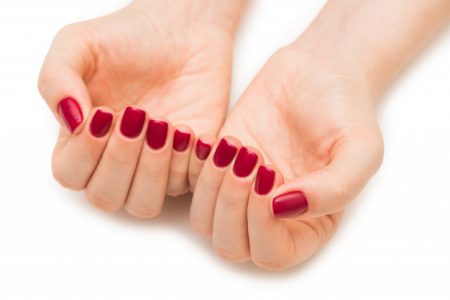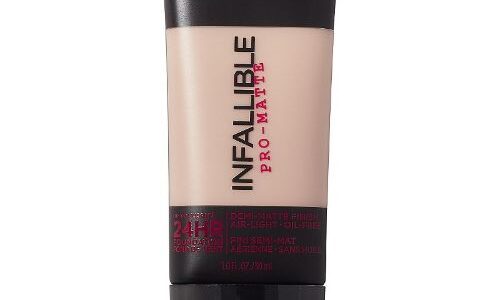It is known that a wedding dress in its present form appeared not so long ago, in fact until the twentieth century wedding dresses as a separate type of clothing did not exist before the bride simply wore her wedding on the most expensive and beautiful dress, and it was not necessarily white.
In addition, the term “wedding dress” is a relic of Soviet times, when, as we know, not married (the marriage was not a church). If we talk about historical costume, the wedding dress to mention correct, ie the fact that going down the aisle
But let’s not much to go into the story: after all, wedding dresses to people of different faiths vary much, and the similarities in their wedding dresses are very few. Even in ancient Greece, was born the tradition of dressing the bride in something special: a bride for her wedding dress picked the most delicate fabric that flows and flows down to the ground. White could not afford a rich bride. Pattern was popular with the geometric pattern on the wedding dress of ancient Greek women. As ornaments worn laurel wreath or a flower, or veil, worn by the bride as well as earrings, bracelets, rings and necklaces.
In ancient Rome, the figure of a bride covered the bright yellow finest fabric, decorated with beautiful patterns. Roman wedding dress has been improved in the Byzantine Empire, from which came to the Ancient Rus.
The vast extent of Russia, with different cultural traditions has created a great variety of wedding customs: in Slavic history for some time, there polygamy and polyandry. Ineresno noted that the beliefs of the Slavs living communities and worshiped certain pagan gods, marriage meant a woman “death” (the color of the wedding dress – white – the color signified “death”) – or rather, she “died” for their kind and passed to live in a different genus, kind of the groom, under the protection of other pagan gods.
In Russia, it was decided to marry at an early age from 12 years old, the bride and groom one another often do not even know – all indication to parents of young people.
As for the wedding dress, then, as already mentioned above, the sample was not universally accepted: the bride wore her best dress. And it is significantly different from the present: the body of a long shirt dress with wide sleeves, on top of it – and after a sundress – dushegreya decorated with a vertical stripe. Festive color was red (the word “red” originally means “beautiful”, and after indicating the color) and the wedding gown dazzled with various shades of red, burgundy. Silhouette of a Russian wedding dress was a straight line from top to bottom it is a beautiful embroidered designs.

In the era of Peter I the Western European tradition of borrowing touched including the wedding dress: in vogue neckline, ruffles, frills. The image of the bride was very elegant, with narrow sleeves, almost completely covering his hands, a long train, a narrow waist (corsets used).
In the Middle Ages, the color of the bride dress was chosen by the groom’s family, which was often red. The material for the celebration was made of canvas or velvet, on which several decorative accessories were sewn.
In order to decorate a Gothic wedding dress, they never limit themselves to emphasizing beauty, it was enough for the beauty of the woman to highlight the clothes she had in her wardrobe.
The young bride had to wear a tower-shaped coronet on which a silk veil was fixed to the floor. Compared to the Middle Ages veils, the veils that today’s brides wear are much less and more versatile.
In the seventeenth century there was much emphasis on the bride’s collar and pink and coral colors, dresses that could be worn by the bride and various wedding events.
Even later, during the constitutional monarchy, royal weddings retained their national importance and not only. One of the most spectacular princess dresses was that of Lady Diana. In July 1981, when she became Princess of Wales by marriage to Prince Charles, the 20 year old girl had a fairytale wedding.
The dress was created by a workshop of independent artists (David and Elizabeth Emanuel), and not the royal tailors. Around the bust was a classic lace, combined with ivory silk taffeta. There was a thin, blue ribbon around her waist, so she could combine, the traditional with the modern, to have “something old, something new, something blue and something borrowed,” English. The value of Diana’s dress was estimated at 9,000 pounds at that time!
The famous Coco Chanel was the one who, in the twentieth century, completely revolutionized the concept of the bride dress. In 1920 she introduced the concept of short dress, but with long train, keeping the white color, specific to this holiday. This simple yet elegant style perfectly reflects the change of woman’s role in society.
Actress Grace Kelly, who later became Grace of Monaco by marrying Prince Rainier III of Monaco, wore at her wedding a pink-tailed dress with cream-colored lace and white gloves. It was a tall collar dress with long sleeves and a closed skirt, 8 meters tafta, 30 meters from silk tulle and 125-year-old lace.
The style of Princess Grace de Monaco has remained until now, being an inspiration for anyone other than the Cambridge duchess bride dress, Kate Middleton. Many famous designers have noticed the similarity between Kate’s Alexander McQueen dress and Grace’s wedding dress.




